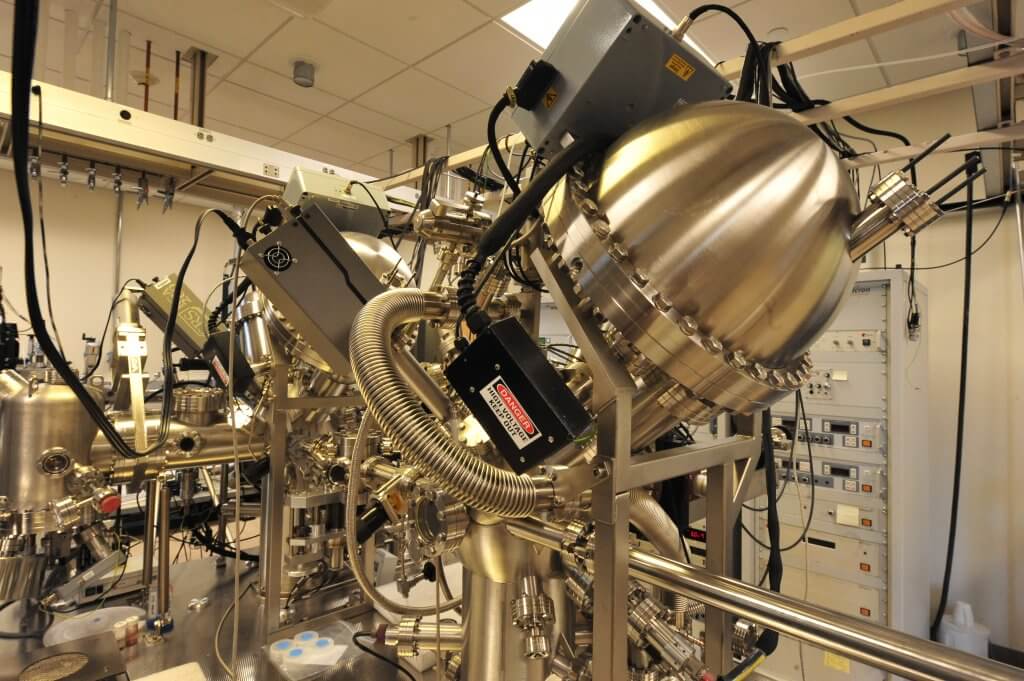
Last year, a ground-breaking project was announced in a new collaboration between the Consortium for Battery Innovation and Argonne National Laboratory.
The project, signed by 14 Consortium members, is studying the complex interactions that take place inside a lead battery while it charges and discharges.
We are currently taking advantage of the high brilliance of the Advanced Photon Source (APS) at high energy to extend previous studies on the composition of lead batteries in working conditions. The APS generates powerful x-ray beams within a synchrotron designed for scientific research.

This kind of project using the APS has never been carried out before with lead batteries, and new tools and techniques have been developed allowing insight into things we could not see even 10 years ago.
Tim Fister, an Argonne materials scientist in the Chemical Sciences and Engineering Division, will be using the state-of-the-art tools at the APS to understand the changes in the battery during its operation. Argonne’s Materials Science Division operates the Electrochemistry Discovery Laboratory, where a team of experts led by Vojislav Stamenkovic, senior scientist and tech leader, will explore the behavior of materials at the atomic scale to reveal the structure-function relationships responsible for lead battery operation.
Early results from this innovative research project will focus on well-defined model electrodes to pinpoint the change in morphology, such as size and shape, of the lead sulfate under different chemical and electrochemical conditions. This will be done using various diffraction and imaging methods.
Future phases of the work will focus on resolving changes in the microstructure of pasted electrodes and the effect of carbon and other additives on their structure.

In both studies, we are also focusing on the amount of lead in the electrolyte and its solvation structure using various local x-ray probes, NMR, and in situ ICP-MS combined with rotating rink disk electrode studies. Argonne and the Consortium members seek to build upon the work of their predecessors, providing a better understanding of this technology through fundamental electrochemistry and through high precision, custom built tools.
The research will help unlock the complex chemical interactions taking place inside lead batteries which we anticipate will lead to rapid advances in the performance of batteries in automotive applications and for energy storage.



31/01/2024